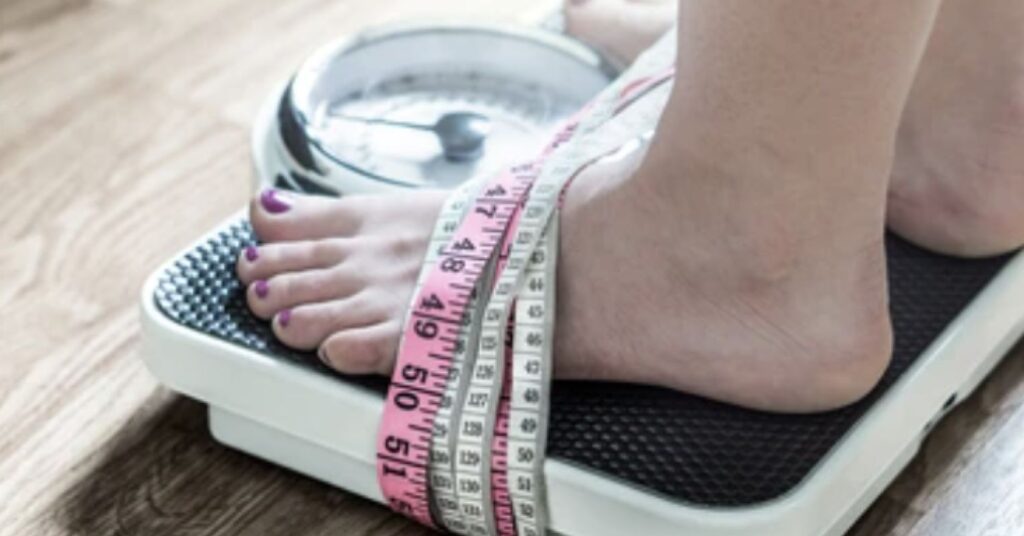This Eating Disorders Awareness Week, learn facts that could help save lives.
Source: Tero Vesalainen/ Shutterstock
In all of my The Body Image Books, I include a feature called “Myths and Misbeliefs.” The popular culture myths, misbeliefs, and massive misunderstandings concerning eating and body image are what led to my interest in writing books and articles for laypersons (as opposed to just other psychologists, researchers, and professors).
article continues after advertisement
Everything from social media to what I hear from neighbors at block parties showcases people’s tendency to fall for the latest craze or fad when it comes to health, especially in terms of eating. There’s often a big disconnect between what scientists and researchers who study these issues for a living know and what the public believes.
Since this week was National Eating Disorders Awareness Week, I thought I’d discuss some common misunderstandings about eating disorders. (The Body Image Books feature more in-depth myth-busting, but I wanted to go for breadth and not depth here.)
Myth: Eating disorders affect mostly young girls
Studies suggest that one-fourth to one-third of eating disorder patients are boys and men. Trans and nonbinary people experience eating disorders at rates higher than their cis peers. And women of all ages experience eating disorders; these conditions most definitely don’t affect just girls.
Myth: Eating disorders can be outgrown
All too often, a “wait and see” approach is taken to mental-health problems, including eating disorders. However, catching an eating disorder early and getting a person treatment is much more likely to lead to a faster, more sustainable recovery. It’s always better to offer too much treatment as opposed to not enough. Don’t let stigma concerning mental health lead you or someone you care about to wait to get treatment.
article continues after advertisement
Myth: People choose to have eating disorders
No one chooses to have a mental illness. Eating disorders are a serious and often fatal psychological health problem. (Opioid use disorder is the only mental illness that is more commonly fatal.)
Myth: People with eating disorders are always thin
People of all body sizes have eating disorders. You cannot tell who has an eating disorder by looking at them. Although eating disorders may result in weight loss (or weight gain) and other physical symptoms, a person’s mental state is central to the diagnosis of an eating disorder. Appearing physically healthy but constantly worrying about food, skipping social interactions involving food, and avoiding entire food groups is often indicative of an eating disorder.
Myth: Eating disorders emerge due to vanity
Dieting is a significant predictor of eating disorders and people often embark on a diet to lose weight or “look better.” But an eating disorder is a serious mental illness, and it is anything but a superficial preoccupation. No matter how it starts, an eating disorder deserves treatment.
Myth: Eating cures an eating disorder
Eating is essential to sustaining life, but eating will not necessarily cure an eating disorder. Eating disorders are complex psychological disorders with physical health consequences. Personality qualities, trauma, family experiences, and a variety of other factors contribute to the development of eating disorders. Often these root causes need to be considered for eating disorder treatment to be successful.
article continues after advertisement
To find a therapist, please visit the Psychology Today Therapy Directory.
References
For more information about eating disorders, see Adultish: The Body Image Book for Life, which includes chapters about nutrition, intuitive eating, eating disorders, and mental health.

